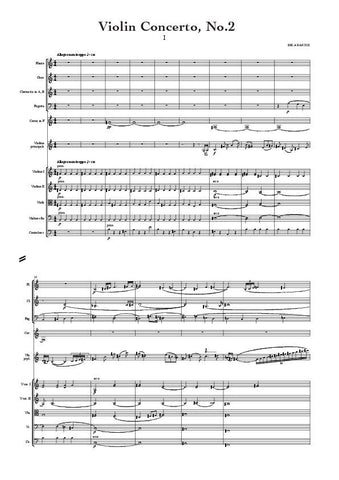Ries, Ferdinand: Swedish National Airs with Variations, Op.52 (AE445) – sheet music
Previous Product Next Product
Description |
Ries, Ferdinand (1784-1838)
|
||||||||||||||||||||
Audio sample |
|||||||||||||||||||||
Details |
Ferdinand Ries (1784-1838) was one of the greatest pianists of his time and a composer of exceptional abilities. Ries studied pianoforte (but not composition) with Beethoven in Vienna and the two men remained on cordial terms for the rest of their lives. In the last year of his life Ries co-wrote a book of Beethoven reminiscences that remain one of the most valuable sources of information about his life and character. Ries composed prolifically in many genres and unsurprisingly left an important body of works for pianoforte and orchestra. Ries's Swedish National Airs with Variations received its premiere in Stockholm on 14 March 1813 alongside the Piano Concerto in C minor, Op.55. The 'Swedish' Variations takes the form of a powerful, rhapsodic introduction followed by a loose series of variations based on three traditional melodies; Waggavisa (a cradle song), Skansk Bond Dans (a Scanish peasant dance) and Quarndansen (the 'Miller's Dance). The melodies are contrasted in key, tempo and metre and their individual variations also include changes in metre and tempo. The multi-thematic basis of the variations enables Ries to create a fluid and dynamic musical structure which affords him opportunities for both brilliant technical display and extended periods of highly expressive writing for the soloist. The orchestra is used very skillfully, not only in the accompaniment of the solo instrument but more impressively in the tutti sections which link or divide the variations. Allan Badley |














